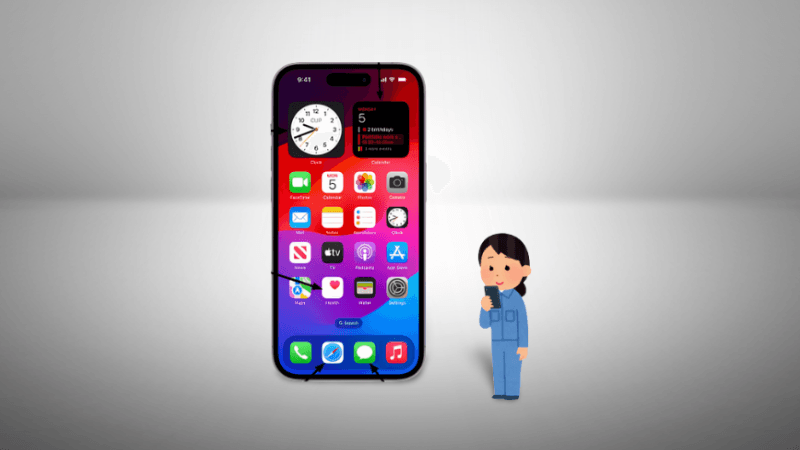Apple's AI research team has introduced CAMPHOR, a new AI framework designed to process complex user queries locally on mobile devices while preserving user privacy.
CAMPHOR (Collaborative Agents for Multi-input Planning and High-Order Reasoning On Device) uses a hierarchical structure with specialized agents coordinated by a higher-level reasoning agent. This agent breaks down complex tasks into sub-steps and assigns them to expert agents.
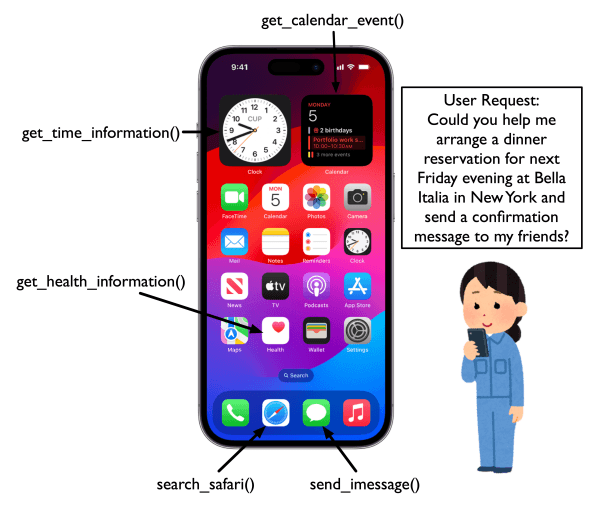
Specialized agents cover areas such as personal context, device information, user perception, external knowledge, and task execution. Apple says this approach improves privacy and reduces latency compared to server-based solutions, which often require multiple exchanges between server and device.
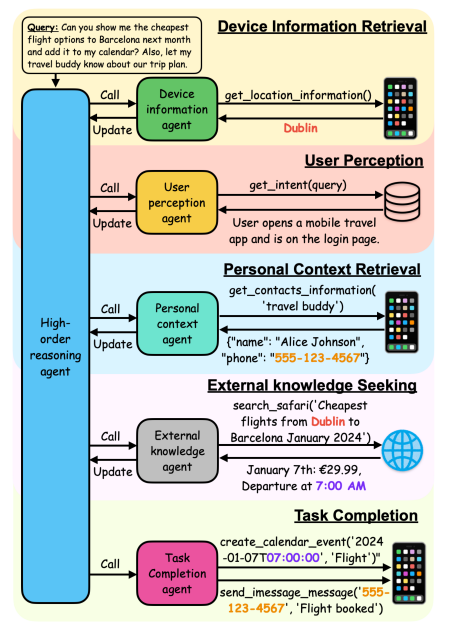
Squeezing AI into your pocket
CAMPHOR uses prompt compression to make the most of limited mobile device resources. This technique reduces memory requirements by compressing function definitions into individual tokens. The study found that for certain agents, the number of static prompt tokens was reduced by up to 96 percent.
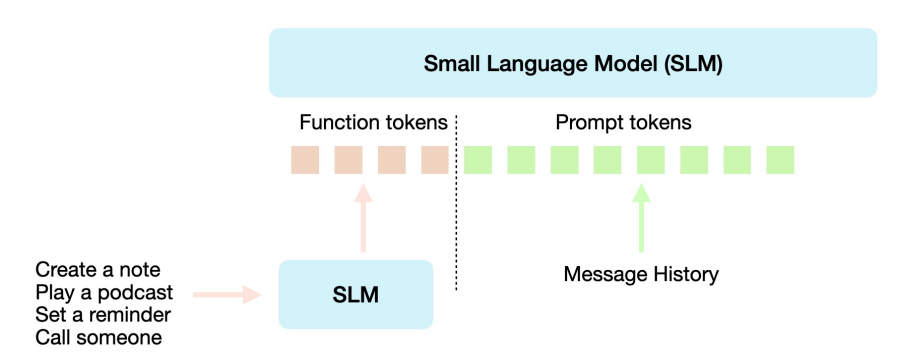
This substantial reduction in memory needs comes with only minor changes in accuracy. The Plan-F1 value, which measures task performance accuracy, only dropped from 39.89% to 38.45%. In tests, CAMPHOR's fine-tuned small language models outperformed large language models on personalized tasks, scoring up to 35% higher in task completion performance.
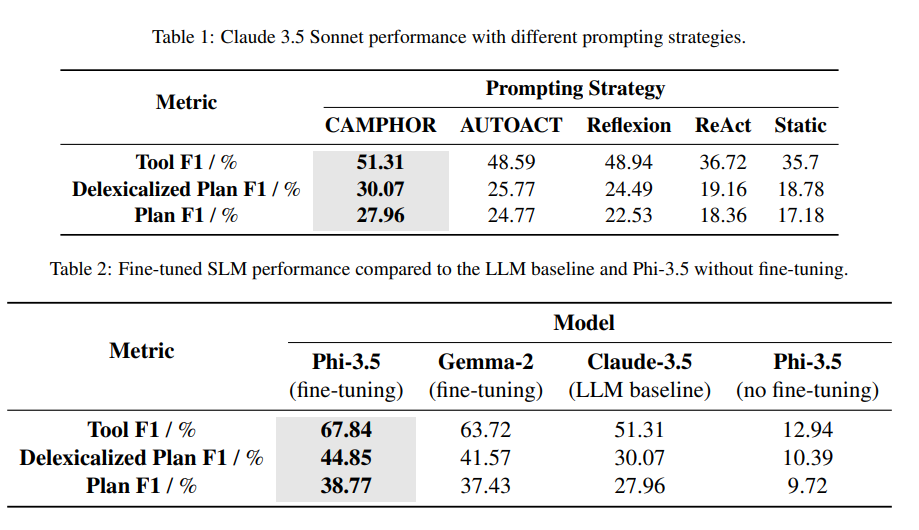
The team notes that the current CAMPHOR framework is limited to single interactions. Future work will focus on extending CAMPHOR for multiple interactions and integrating more complex runtime feedback and error handling.
AI could one day control your iPhone - and more
Apple's CAMPHOR represents a vision of AI agents that can interact with users in natural language while understanding and interacting with their environment, such as the smartphone interface. If successful, this principle could extend to many areas of work and life. OpenAI CEO Sam Altman is investing in hardware that integrates agentic, assistant-like AI into everyday life.
OpenAI recently released an open-source framework called "Swarm" on GitHub, a tool for creating, orchestrating, and deploying multi-agent systems. Swarm aims to make agent coordination and execution lightweight, controllable, and easy to test. Swarm uses routines and handoffs. Routines contain instructions and tools. Handoffs allow agents to route conversations. According to OpenAI, Swarm is experimental and not yet ready for production.
